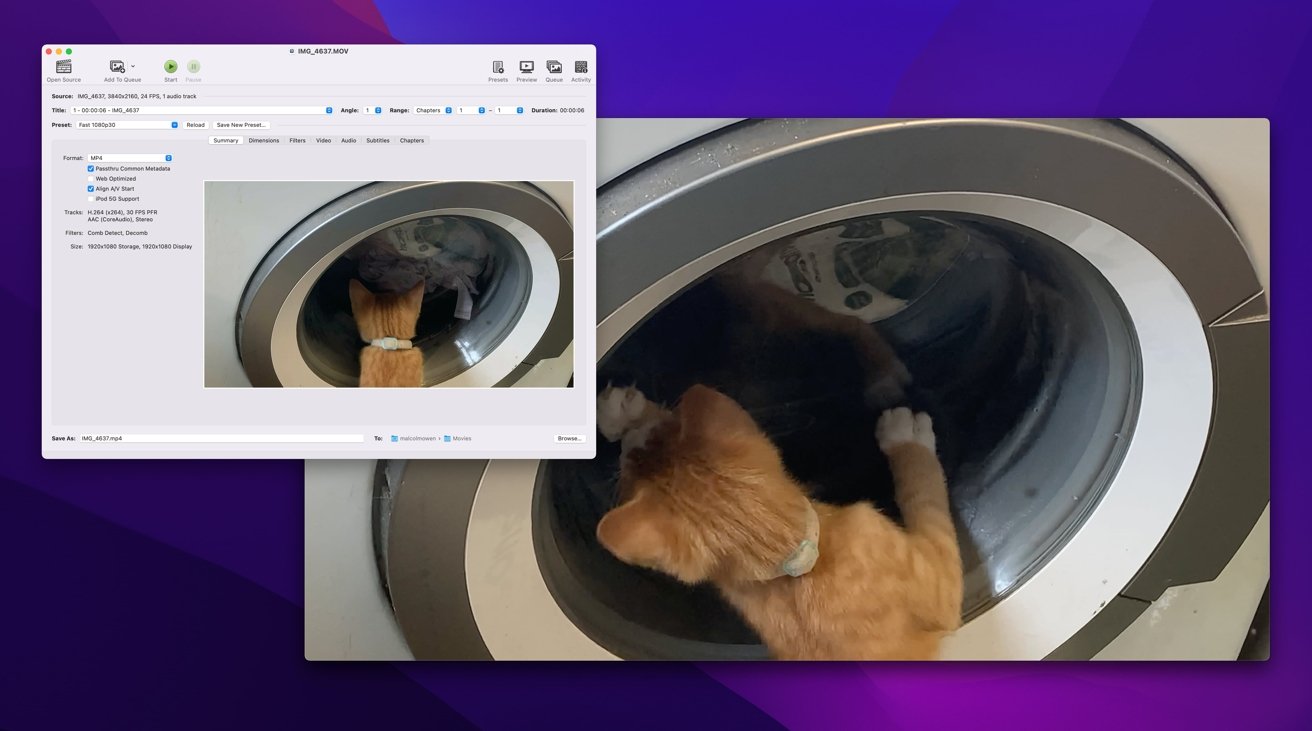

Otherwise, training will be very time-consuming. import torchįrom sklearn.model_selection import train_test_splitįrom trics import accuracy_scoreįrom import get_tokenizerįrom torchtext.vocab import build_vocab_from_iteratorįrom import DataLoader, DatasetĪdditionally, we have to specify what device we will be training an LSTM on: device = vice("cuda" if _available() else "cpu") When we have everything in place, we can start by importing everything we will need during implementation.
#Permute app srvices add url download
Setupįor our project, we’ll be needing the following packages installed:Īs for data, we need to download and unpack this dataset ImplementationĪs an example of sentiment analysis, we’ll be analyzing a TripAdvisor hotel review dataset using a simple instance of LSTM neural network.

Fortunately, nowadays, they also provide official APIs for accessing some of their content. But these sites, like countless others, have always been trying to protect their users’ privacy and experience by preventing anyone from running any bot activity (i.e., Captcha). One of the most obvious places to look for data for your sentiment analysis system is social media platforms such as Facebook, Twitter, or Instagram.
#Permute app srvices add url code
Here is the logic of the code every time a value is added to the current_sum, it is also added to the result list which is the sum combination for that particular call. The current_sum is the variable that is incremented in every recursive call. In each recursive call, there is a for loop which runs from start to target.

The algorithm will recursively check all the numbers which can sum up to the target. Whenever the running sum equals the target, we will print that combination. Here we will recursively go through all possible sum combinations.


 0 kommentar(er)
0 kommentar(er)
